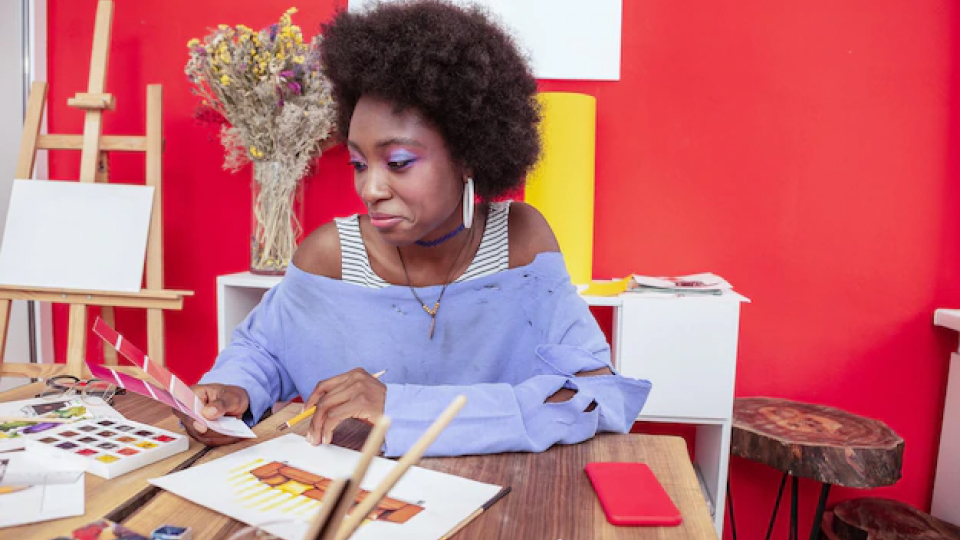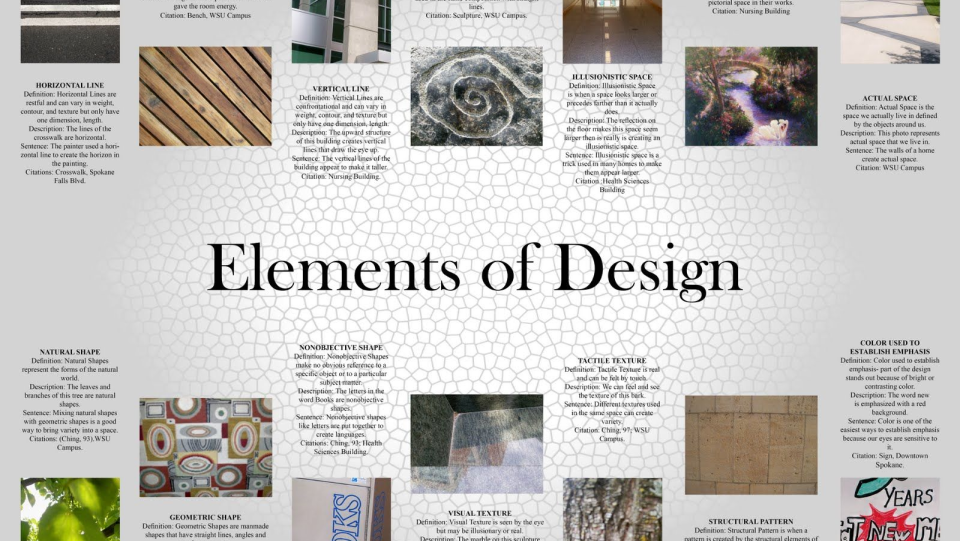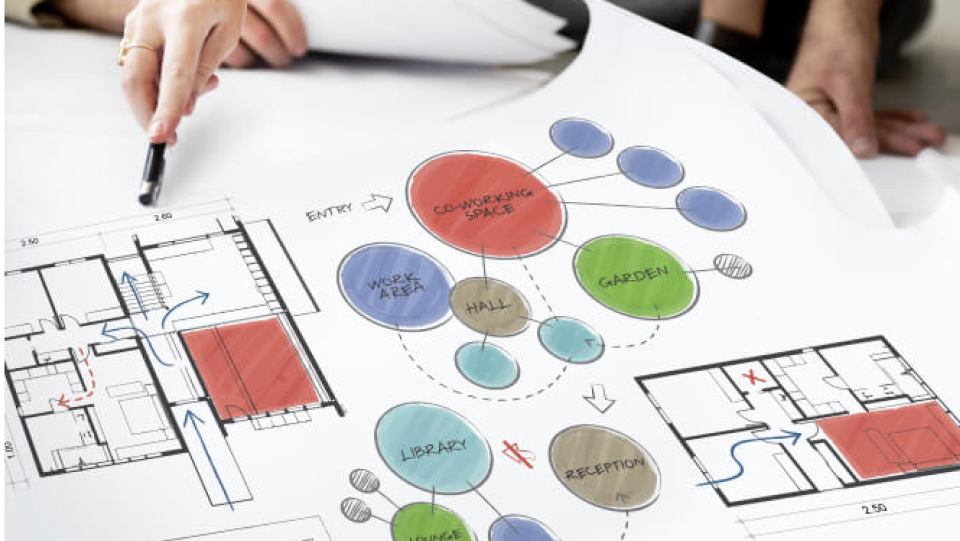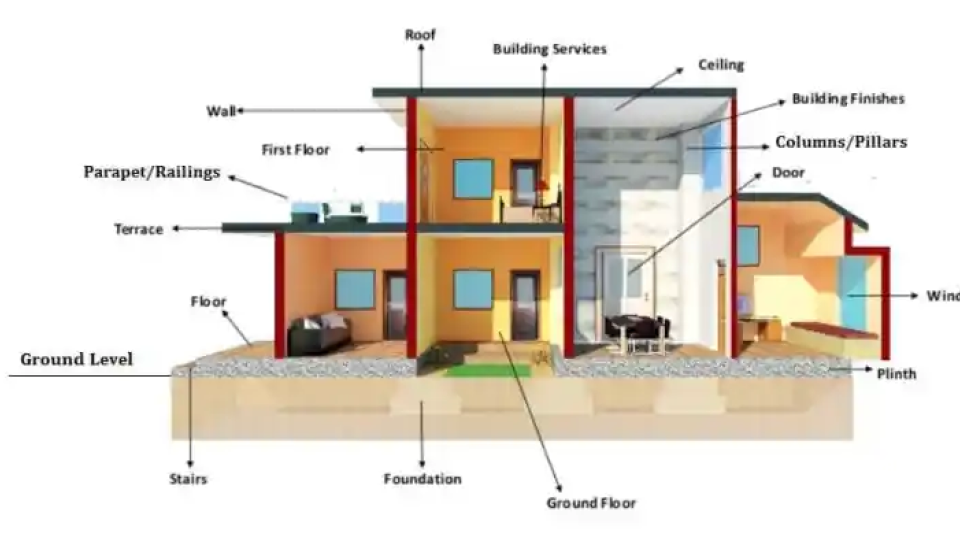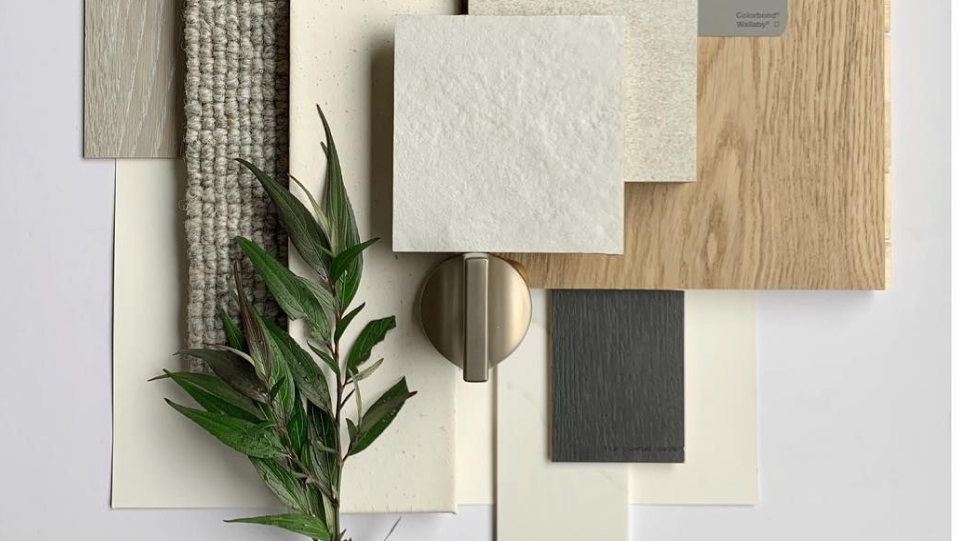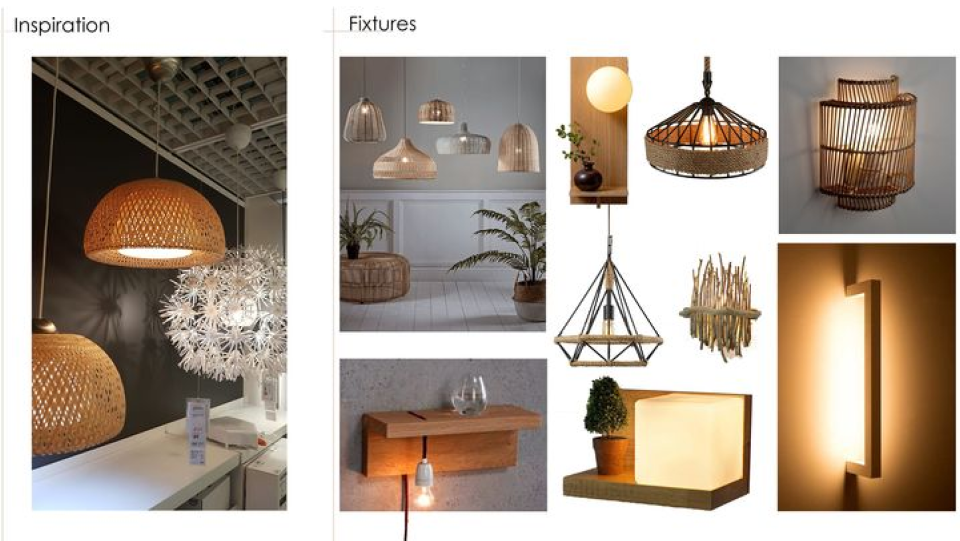Interior Design Academy
Foundations of Interior Design
This course will provide an introduction to the field of interior design, including its history, current trends, and industry standards. Students will learn about the design process, including how to conduct research, gather information, and develop conceptual design ideas. They will also learn about the various types of interior design, such as residential, commercial, and hospitality design, and the specific challenges and considerations associated with each.
Design Elements and Principles
This course will cover the fundamental design elements and principles that form the foundation of interior design. Students will learn about design concepts such as proportion, balance, emphasis, and rhythm, and how to apply these concepts to create cohesive and visually appealing interiors. They will also learn about the use of color, texture, and pattern in interior design, and how to use these elements to create visual interest and express a specific style or aesthetic.
Space Planning
This course will teach students how to analyze and plan the layout of interior spaces. They will learn about the principles of ergonomics and functionality, and how to create efficient and functional floor plans that meet the needs of the users. They will also learn about the use of space dividers and furniture arrangements, and how to create visual flow and continuity throughout a space.
Building Systems
This course will cover the technical aspects of interior design, including building codes, construction methods, and materials. Students will learn about the importance of safety and accessibility in interior design, and how to design spaces that meet these requirements. They will also learn about the different types of building systems, such as HVAC, plumbing, and electrical, and how to integrate these systems into the design of a space.
Computer-Aided Design (CAD)
This course will introduce students to the use of computer-aided design software in interior design. They will learn how to use software such as AutoCAD, SketchUp, and Revit to create floor plans, elevations, and renderings. They will also learn about the use of 3D modeling and virtual reality in interior design, and how to create realistic and accurate visualizations of a space.
Materials and Finishes in Interior Design
This course will cover the various materials used in interior design, such as flooring, wall coverings, cabinetry, and lighting fixtures. Students will learn about the different types of materials available and their specific characteristics, such as durability, maintenance, and sustainability. They will also learn about the appropriate use of materials in different types of spaces, such as residential or commercial. Additionally, students will learn how to research and select the appropriate materials for a project, taking into consideration factors such as budget, design style, and functionality.
Research and Selection of Materials for Projects
This course will focus on the process of researching and selecting the appropriate materials for a specific interior design project. Students will learn how to conduct research on materials, including their availability, cost, and environmental impact. They will also learn how to evaluate materials based on their suitability for a specific project, and how to present their findings to clients or design teams. Additionally, students will learn how to create and maintain a materials library, and how to stay current with new materials and technologies in the industry.
Lighting Design
This course will introduce students to the principles of lighting design, including the use of natural and artificial light to create a specific mood and atmosphere in a space. Students will learn about the different types of lighting fixtures and bulbs, and how to use them to create layers of light in a space. They will also learn about the use of color temperature, dimming controls, and energy-efficient lighting options. Additionally, students will learn how to create lighting plans, including task lighting, accent lighting, and ambient lighting.
Textile and Fabric Selection
This course will cover the use of textiles and fabrics in interior design, including their selection, application, and maintenance. Students will learn about the different types of fabrics and textiles, such as upholstery, drapery, and bedding, and how to use them to create visual interest and comfort in a space. They will also learn about textile and fabric care, including cleaning, maintenance, and durability. Additionally, students will learn how to create textile and fabric plans, and how to coordinate fabrics with other elements of the interior design.
Professional Practice
This course will provide students with an understanding of the professional practices, business aspects, and ethics of interior design. They will learn about the different career paths available in the field of interior design and how to prepare for a career in the industry. They will also learn about the process of working with clients, including how to communicate effectively, how to manage projects, and how to create and present design presentations. Additionally, students will learn about the legal and financial aspects of the profession, including contracts, invoicing and budgeting.


